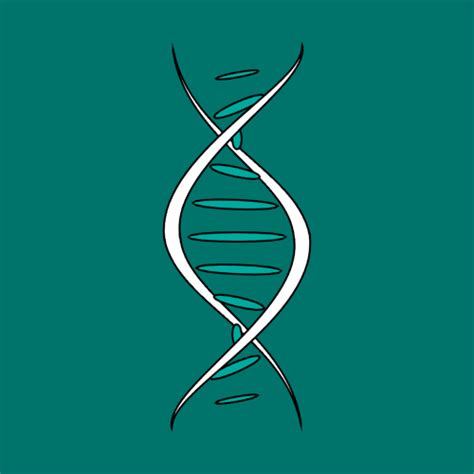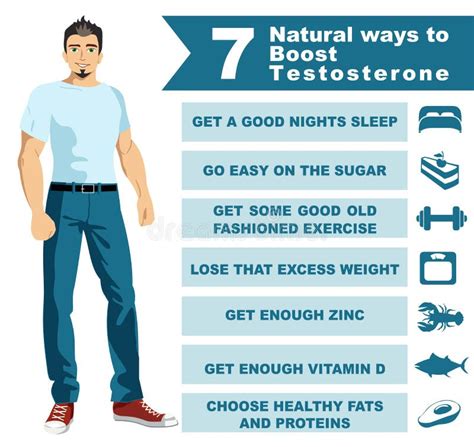For many men, the quest for a sculpted physique often involves the dual challenge of shredding stubborn belly fat while simultaneously building lean, defined muscle. While these two goals might seem contradictory – fat loss typically requires a caloric deficit, and muscle gain often benefits from a surplus – with a strategic approach to both diet and exercise, it is entirely achievable. This guide outlines the most effective workout and diet principles to help you transform your body efficiently and sustainably.
The Dual Goal: Fat Loss & Muscle Gain
The key to achieving both fat loss and muscle gain is to walk a fine line: creating a moderate caloric deficit that is significant enough to promote fat burning, but not so extreme that it compromises muscle tissue. Simultaneously, providing ample stimulus to your muscles through resistance training and supplying them with sufficient protein is crucial for growth and preservation.
The Workout Strategy: Compound Lifts & Progressive Overload
Strength Training Foundation
The cornerstone of building lean muscle while losing fat is heavy, compound strength training. These exercises work multiple muscle groups simultaneously, burning more calories, stimulating a greater hormonal response, and building more overall muscle mass. Focus on:
- Squats: Barbell back squats, front squats
- Deadlifts: Conventional, sumo, RDLs
- Bench Press: Flat, incline, dumbbell presses
- Overhead Press: Barbell, dumbbell shoulder press
- Rows: Barbell rows, dumbbell rows, pull-ups
Aim for 3-5 sets of 6-12 repetitions for most exercises, focusing on proper form and controlled movements. The principle of progressive overload is critical: consistently strive to lift more weight, perform more reps, or increase the time under tension over time.
Incorporating High-Intensity Interval Training (HIIT)
HIIT is a powerful tool for fat loss. Short bursts of intense exercise followed by brief recovery periods significantly elevate your heart rate and metabolism, leading to a greater calorie burn both during and after the workout (EPOC effect). Integrate 1-2 HIIT sessions per week, such as:
- Sprint intervals (e.g., 30 seconds sprint, 60-90 seconds walk, repeat 10-15 times)
- Battle ropes, burpees, box jumps, kettlebell swings
Low-Intensity Steady State (LISS) Cardio
While not as glamorous as HIIT, LISS cardio (like brisk walking or light cycling) 2-3 times a week can aid in recovery, contribute to a caloric deficit, and improve cardiovascular health without excessively impacting strength gains.
A sample workout split could be a 3-day full-body routine or an upper/lower split, allowing for adequate recovery between sessions.

The Diet Blueprint: Caloric Deficit with High Protein
Understanding Caloric Deficit
To shred belly fat, you must consume fewer calories than you burn. Calculate your maintenance calories using an online TDEE calculator, then subtract 300-500 calories to create a moderate deficit. This allows for steady fat loss (typically 1-2 pounds per week) without sacrificing muscle.
Protein is King
A high protein intake is non-negotiable for preserving muscle mass during a caloric deficit and supporting new muscle growth. Aim for 1.6-2.2 grams of protein per kilogram of body weight per day. Excellent sources include:
- Lean meats (chicken breast, turkey, lean beef)
- Fish (salmon, tuna, cod)
- Eggs and dairy (Greek yogurt, cottage cheese)
- Plant-based options (lentils, beans, tofu, tempeh)
Smart Carbohydrate Management
Carbohydrates fuel your workouts and aid in recovery. Focus on complex carbohydrates that provide sustained energy and fiber. Timing your carb intake around your workouts can be beneficial. Sources include:
- Whole grains (oats, brown rice, quinoa)
- Vegetables (broccoli, spinach, sweet potatoes)
- Fruits (berries, apples, bananas)
Healthy Fats for Hormonal Balance
Don’t neglect healthy fats, which are vital for hormone production and overall health. Aim for about 20-30% of your total daily calories from fats. Good sources:
- Avocado, nuts, seeds, olive oil
- Fatty fish (salmon)
Hydration and Micronutrients
Drink plenty of water throughout the day to support metabolism, aid satiety, and maintain energy levels. Ensure a varied intake of fruits and vegetables to get essential vitamins, minerals, and antioxidants.

Key Principles for Success
Consistency is Paramount
Results don’t happen overnight. Adhere to your workout and diet plan consistently over weeks and months.
Adequate Sleep and Recovery
Muscles grow and fat is burned during rest. Aim for 7-9 hours of quality sleep per night. Poor sleep can elevate cortisol (a stress hormone), which can hinder fat loss and promote belly fat storage.

Monitoring Progress and Adjusting
Track your workouts (weights, reps) and diet (calories, macros). Regularly assess your progress by taking measurements, progress photos, and monitoring weight. Adjust your caloric intake or workout intensity as needed.
Patience and Persistence
Body transformation is a journey, not a sprint. Celebrate small victories and stay committed, even when progress slows.
Sample Weekly Schedule (Workout & Diet Integration)
- Monday: Strength Training (Full Body/Upper) + High Protein Meals
- Tuesday: LISS Cardio + High Protein Meals
- Wednesday: Strength Training (Full Body/Lower) + High Protein Meals
- Thursday: Active Recovery (Stretching, mobility) + High Protein Meals
- Friday: Strength Training (Full Body/Upper) + High Protein Meals
- Saturday: HIIT Session + High Protein Meals
- Sunday: Rest/LISS Cardio + High Protein Meals

Common Pitfalls to Avoid
- Overtraining: More isn’t always better. Give your body time to recover.
- Crash Dieting: Extreme caloric restriction can lead to muscle loss and nutrient deficiencies.
- Ignoring Recovery: Sleep, hydration, and active recovery are as important as the workout itself.
- Lack of Progressive Overload: If you don’t challenge your muscles, they won’t grow.

Conclusion
Shredding belly fat and building lean muscle effectively requires a disciplined and intelligent approach to both training and nutrition. By prioritizing compound strength training, incorporating strategic cardio, maintaining a moderate caloric deficit with high protein intake, and ensuring adequate recovery, men can achieve impressive and lasting body transformations. Stay consistent, be patient, and enjoy the journey to a stronger, leaner you.




